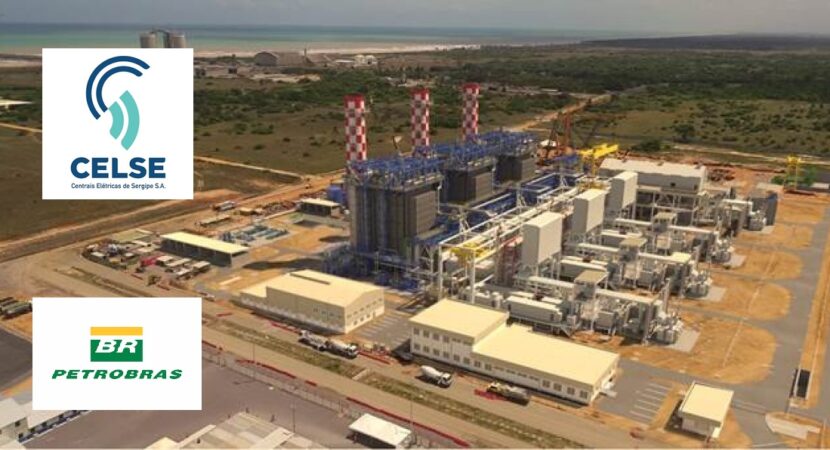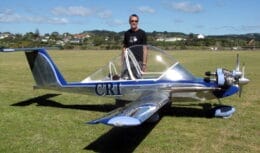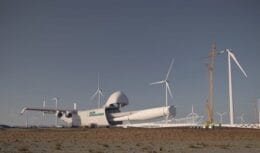
Sergipe will produce the equivalent of 4 times the consumption of the region. Half of the production will come from Celse, which will invest US$ 5 billion; plant changes the routine of residents.
With the success of Petrobras in the exploration of six reservoirs and the arrival of private investors, Sergipe was included in the world natural gas route. In five years, the State alone should move 40 million m³ per day of gas, a volume that corresponds to more than four times the current consumption capacity of the entire Northeast Region.
Celse, a company controlled by partners from Norway, the United States and Brazil, built the first private regasification unit in the country, next to the Port of Sergipe, in the municipality of Barra dos Coqueiros. Until then, only Petrobras had such units. The technology makes it possible to import fuel in liquid form, LNG, by ship, then return it to a gaseous state and then inject it into the network of land pipelines.
“In the region, there is a large substation to drain the energy and the land is close to the sea, in an area that has the best conditions to anchor the ship (where the liquid fuel is transformed into gas), just 6 km from the coast” . says Pedro Litsek, president of Celse.
The first shipment of LNG arrived last month, from Cameroon, in Africa, to be used as fuel in the operation tests of the Porto de Sergipe 1 thermal plant, also part of Celse's project. When it starts working, in January, the plant should have the capacity to generate 1,5 gigawatts of electricity and will be the largest in Latin America.
This project started about three years ago, before Petrobras discovered a reservoir of significant dimensions in the region. Only the electricity generator's consumption justifies the investment in gas import technology. Therefore, it is the gateway for private companies interested in competing in the domestic market.
Sergipe has oil, gas, potash and biomass
Within the economic potential of Sergipe, we have the capacity for mineral exploration, mainly due to oil and gas. We also have limestone and the Government has been attentive to this, seeking to create opportunities for companies that explore these ores to see Sergipe as a safe place, with great opportunities.
Sergipe has a place in the Brazilian economy. In addition, we have to consider that it also has a capital that offers quality of life, a good academic core.
Carnalita, as the only ore producer in the country, Sergipe is a fertilizer producing hub capable of taking over the central project of the potash segment of Vale Fertilizantes. The deposit in Sergipe is located in the municipality of Rosário do Catete and is being explored to meet the growing national agricultural demand and reduce imports of the product.
Carnalita's economic viability is intertwined with agronomic activity in Brazil, one of the largest agricultural producers in the world. Brazil has a strategic need for potassium, because we import more than 90% of what it needs for agriculture. Sergipe's economy benefits greatly from this exploration.








